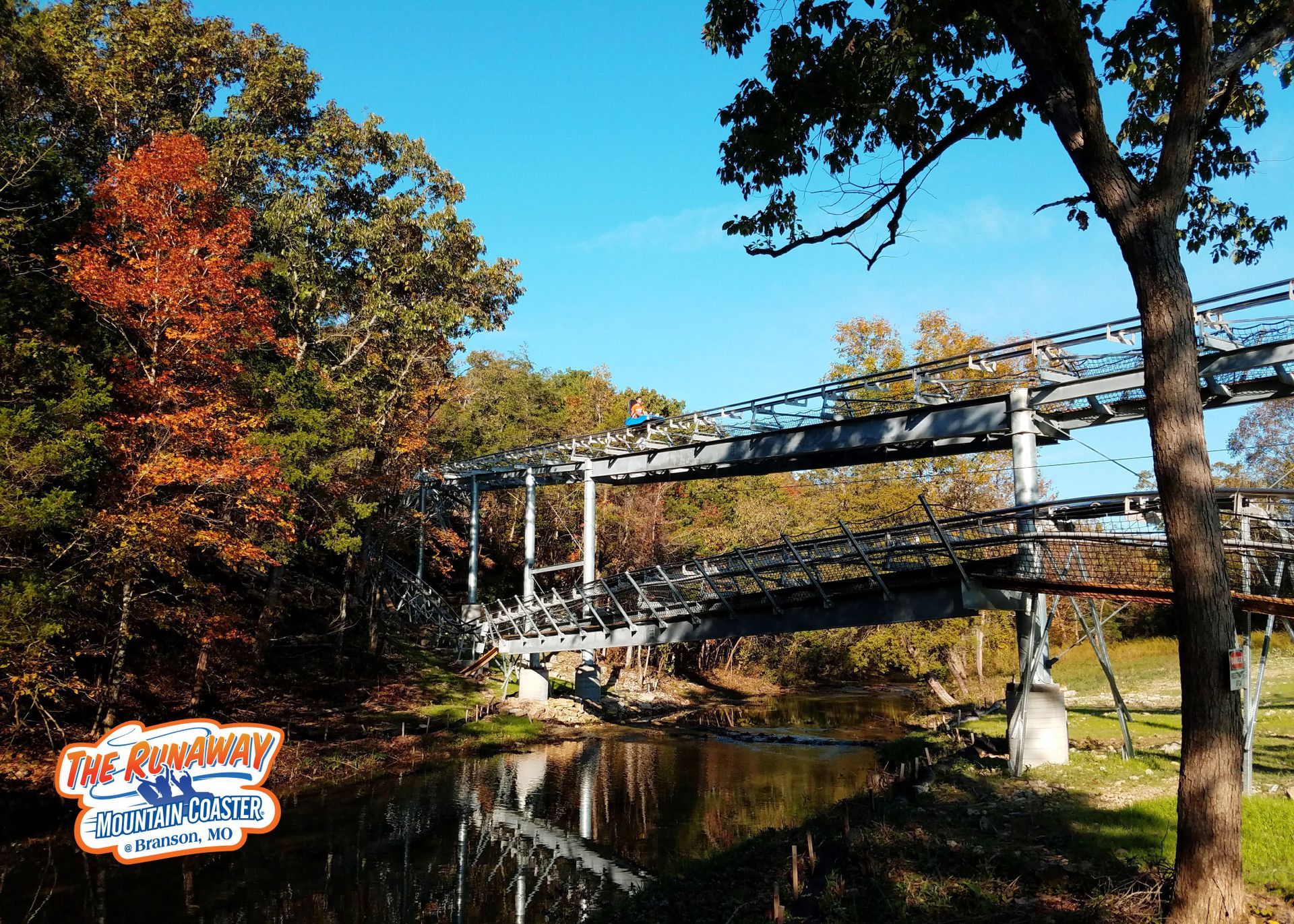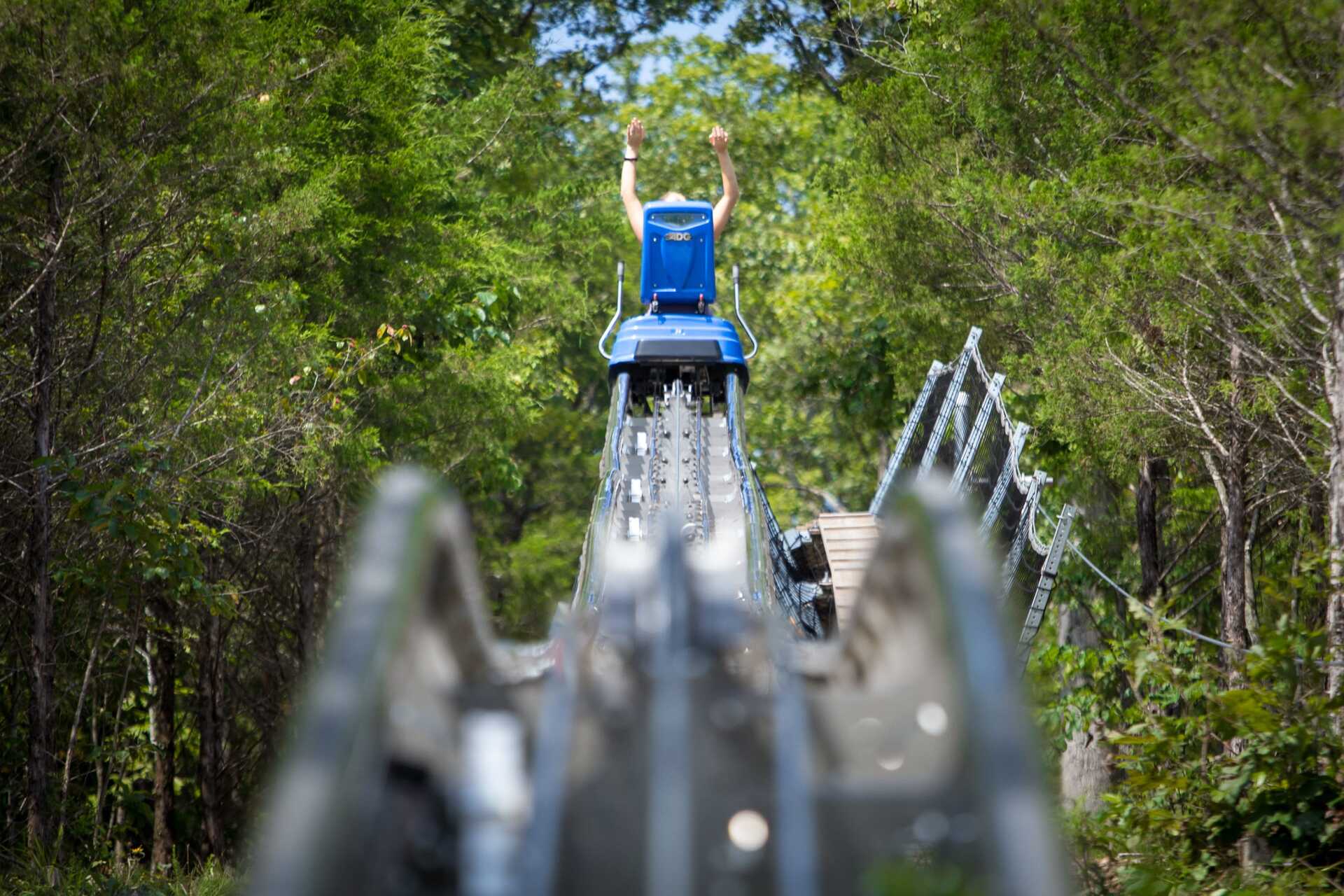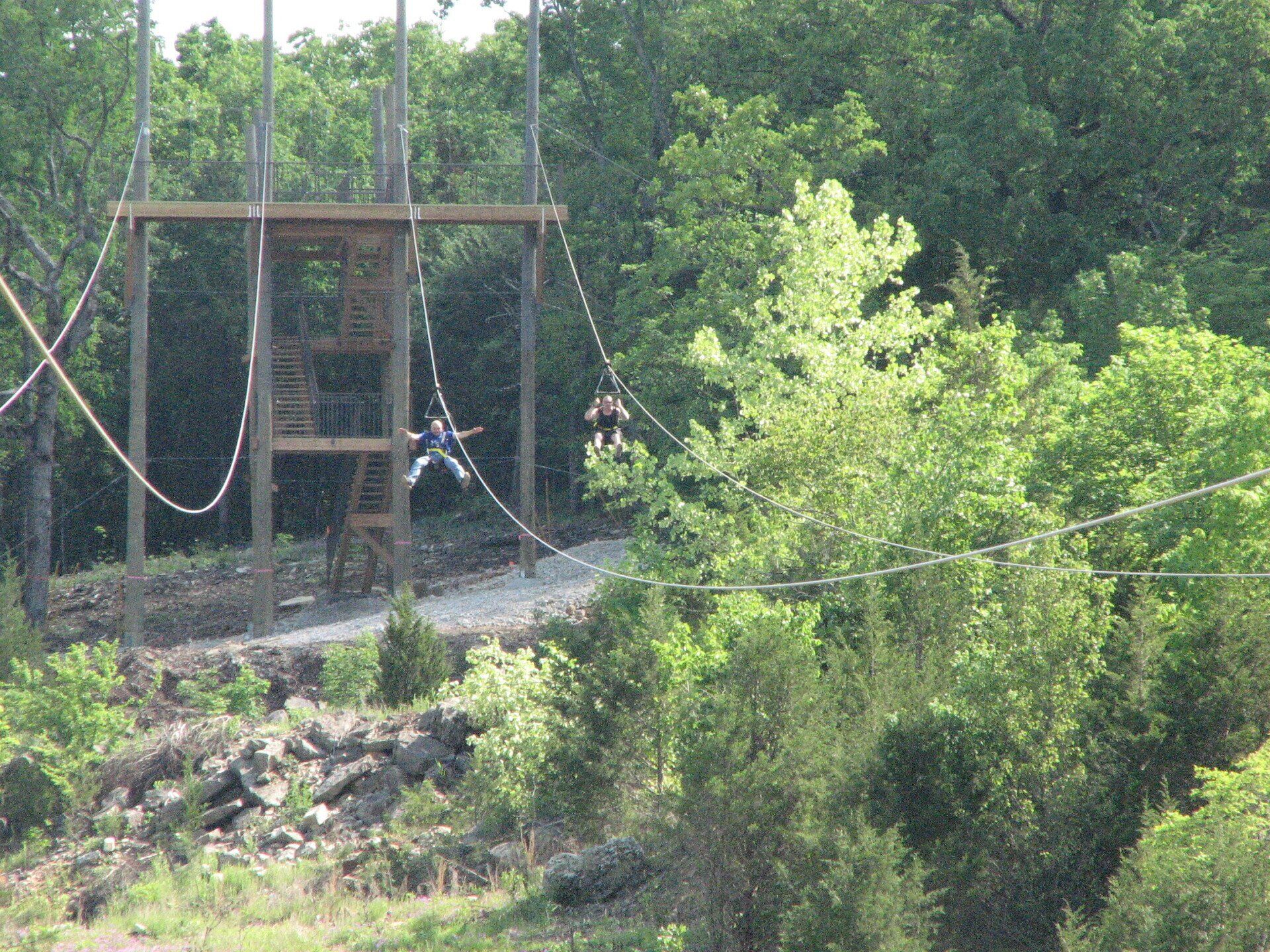Mammals of the Ozark Mountains
The Ozark Mountains are home to numerous creatures, including white-tailed deer, black bears, coyotes, bobcats, and wild turkeys. These animals may live, hunt, and rear their young in the highlands. Many coaster fans also enjoy a thrilling trip on a mountain coaster in Branson at this location.
Numerous sparkling springs, waterfalls, lakes, caves, and sink types can be found in the Ozark Mountains. Eureka Springs is an excellent option if you're looking for a great spot to stay in the Ozarks. There are numerous forests and lakes to enjoy in the Ozarks. Evidence indicates that humans have been residing in the Ozarks for thousands of years.
Mammals from 58 different species live in the Ozark Mountains. The animals come in various sizes, from shrews and moles to black bears and white-tailed Deer. The most popular game animal is the Deer, which is widely available. Bear sightings are uncommon, but they rise annually. To this date, there haven't been any bear-human fights.
Some of the most prevalent mammals that may be found throughout Missouri and in the Ozark Mountains include the following:
White-Tailed Deer
The length of an adult is between 63 and 87 inches, and their shoulder height is between 31 and 39 inches. With white on the throat, chest, and underside of the tail, they have tan or brown coloring in the summer and a grayish appearance in the winter. The antlers that the males have shed during the winter. In Missouri, the White-tailed Deer is the most prevalent big mammal.
In North America, white-tailed Deer can survive in various habitats, including coniferous, mixed, and deciduous woods, swamps with sawgrass and swamps, deserts with cactus and thorny vegetation, brushy areas, and farmland. White-tailed Deer are best visible at dawn and dusk when they are out foraging.
Wild Boar
Adults weigh between 145 to 600 pounds and are 5 to 8 feet long. Their coarse, thick hair is anywhere from black to reddish-brown. They have relatively short legs and huge heads and necks. Males have big canines that protrude from their lips as adults and long, bristly hairs that run down the middle of their backs.
Since wild boars are omnivores, their diet changes with the time of year and the environment, they eat a lot of plant material, such as fruits, nuts, roots, crops, and herbaceous plants. Additionally, they consume carrion, small rodents, insects, and worms.
Bobcat
Adults range in size from 28 to 47 inches in length, 18 to 24 inches tall, and 15 to 35 pounds in weight. They have black and brown spots and stripes, and their hue ranges from buff to brown, occasionally with a reddish tint. They have short, bobbed tails, ear tufts, white patches, and face ruffs. The secretive, isolated, and elusive bobcat is a very uncommon mammal in Missouri.
Bobcats are expert hunters because they are carnivores. They can run up to 30 mph and climb and leap relatively high, allowing them to catch low-flying birds. They wait until they are close enough to pounce before slowly stalking their prey.
Red Fox
Adults weigh between 7 and 31 pounds and are 18 and 35 inches long. Their upper sections range in hue from light orange or red to dark reddish-brown, while the bottom is white.
They feature huge, pointed, black-tipped ears, black feet, and a fluffy tail. Possibly Missouri's most attractive mammal is the red fox!
These dogs are frequently regarded as clever and intelligent, and for a good reason! They are skilled hunters and gatherers. They are skilled in moving food that they have cached. Although they favor berries, fish, and rabbits, they will consume anything readily available.
Gray Fox
Adults are between 12 and 16 inches tall and 31.5 and 44.3 inches long. Their fur is reddish brown below and peppery gray on top. They feature long, hooked claws, a pointed muzzle and ears, and a tail with a black stripe.
In Missouri, gray foxes inhabit deciduous woods with a mix of brushy and wooded regions. They do not frequent agricultural areas as regularly as Red Foxes do. You're more likely to observe gray foxes near rivers or lakes because they also like places with access to water.
Coyote
Adults weigh between 15 and 44 pounds and vary in length from 3 to 4.5 feet. They have white underparts and a brownish-to-yellow-brown upper body. Moreover, they have golden eyes, a black snout, a slender muzzle, huge, triangular ears, and a bushy tail.
In North America, coyotes live in various settings, from the tropics to the tundra. Coyotes extended their territory after the almost complete eradication of wolves and cougars by European settlers.
Coyotes have a wide range of food preferences, similar to their environmental preferences. Despite being essentially carnivorous, they eat several types of vegetation, including berries, grass, and food crops. They can survive in practically every setting in Missouri since they eat almost anything!
The mountain coaster in Branson is a great way to enjoy an adventure ride in the Ozark Mountains, as it offers a unique opportunity to see a variety of mammals in the area.











 by
by